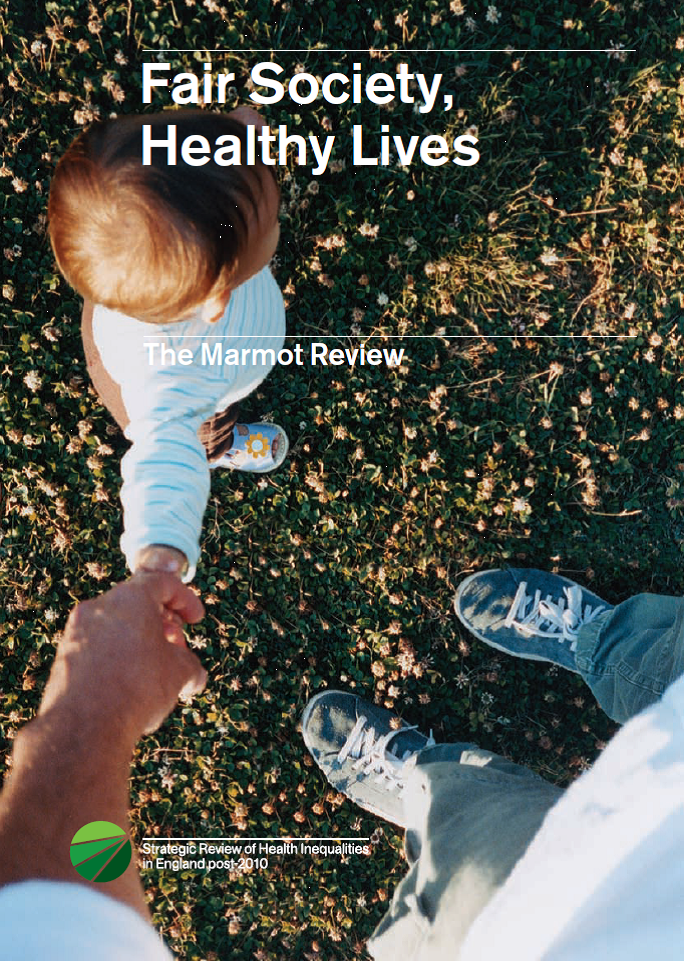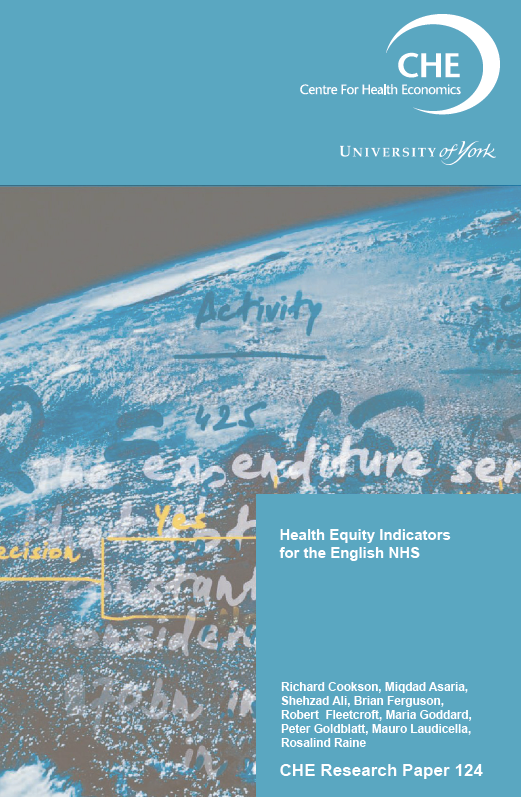Health Equity in England: The Marmot Review 10 Years On
Ten years since the publication of The Marmot Review, for the first time in more than 100 years life expectancy has failed to increase across the country, and for the poorest 10% of women it has actually declined. Over the last decade health inequalities have widened overall, and the amount of time people spend in poor health has increased since 2010.
#Marmot2020 confirms an increase in the north/south health gap, where the largest decreases were seen in the most deprived 10% of neighbourhoods in the North East, and the largest increases in the least deprived 10% of neighbourhoods in London.
The 10-year on review discounts the theory that the slowdown in life expectancy increase can be solely attributed to severe winters or flu. The report lays out that more than 80% of the slowdown, between 2011 and 2019, results from influences other than winter-associated mortality. And the slow-down in life expectancy improvement in the UK is more marked than in most European and other high-income countries, except the USA.
#Marmot2020 highlights that our health is not just a matter of how well the health service is funded and functions, important as that is. Because health is closely linked to the circumstances in which we are born, grow, live, work and age, large funding cuts, under the banner of austerity, have had an adverse effect. Deprived areas and areas outside London and the South East have experienced larger cuts.
Key Points:
- The more deprived the area, the shorter the life expectancy. This social gradient has become steeper over the last decade, and it is women in the most deprived 10% of areas for whom life expectancy fell from 2010-12 and 2016-18.
- There are marked regional differences in life expectancy, particularly among people living in more deprived areas.
- Mortality rates are increasing for men and women aged 45-49 – perhaps related to so-called ‘deaths of despair’ (suicide, drugs and alcohol abuse) as seen in the USA.
- Child poverty has increased (22% compared to Europe’s lowest of 10% in Norway, Iceland and The Netherlands); children’s and youth centres have closed; funding for education is down.
- There is a housing crisis and a rise in homelessness; people have insufficient money to lead a healthy life; and there are more ignored communities with poor conditions and little reason for hope.
Despite the cuts and deteriorating outcomes some local authorities and communities have established effective approaches to tackling health inequalities. The practical evidence about how to reduce inequalities has built significantly since 2010. There is considerable technical and practical experience about how to reduce health inequalities learned from some local areas, such as Coventry and Greater Manchester, and other countries.
An overview of the event can be found on Youtube.
The 'Marmot Review 10 Years On' was commissioned by the Health Foundation.



